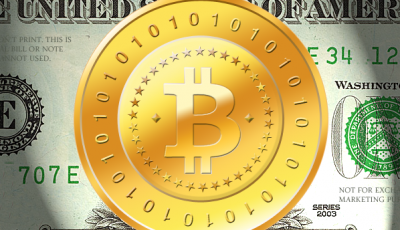MIT researchers can predict price of Bitcoin
 A researcher with the Massachusetts Institute of Technology’s Computer Science and Artificial Intelligence Laboratory and the Laboratory for Information and Decision Systems recently created a machine-learning algorithm that can predict the price of Bitcoin, allowing his research team to almost double its investment over a 50-day period, reports MIT News.
A researcher with the Massachusetts Institute of Technology’s Computer Science and Artificial Intelligence Laboratory and the Laboratory for Information and Decision Systems recently created a machine-learning algorithm that can predict the price of Bitcoin, allowing his research team to almost double its investment over a 50-day period, reports MIT News.
Earlier this year, principal investigator Devavrat Shah and recent graduate Kang Zhang gathered price data from all major Bitcoin exchanges, every second for five months, collecting more than 200 million data points.
Employing a technique called “Bayesian regression,” the pair trained an algorithm to automatically identify patterns from the data, which the researchers used to predict Bitcoin prices, and trade accordingly.
MIT News reports that specifically, every two seconds Shah and Kang predicted the average price over the following 10 seconds. If the price movement was higher than a certain threshold, the researchers purchased a Bitcoin; if it was lower than the opposite threshold, they sold a Bitcoin; and if it was in-between, the pair did nothing.
Over a 50-day period, the researchers’ 2,872 trades gave them an 89 percent return on investment with a Shapiro rate (measure of return relative to the amount of risk) of 4.1
Shah and Kang published their research this month at the 2014 Allerton Conference on Communication, Control, and Computing in Illinois.
“We developed this method of latent-source modeling, which hinges on the notion that things only happen in a few different ways,” said Shah, who had used this approach to predict trending topics on Twitter. “Instead of making subjective assumptions about the shape of patterns, we simply take the historical data and plug it into our predictive model to see what emerges.”
Shah told MIT News that he was drawn to Bitcoin due to its vast swath of free data and the sizable user base of high-frequency traders.
“We needed publicly available data, in large quantities and at an extremely fine scale,” said Shah. “We were also intrigued by the challenge of predicting a currency that has seen its prices see-saw regularly in the last few years.”
Shah said that in the future, he is interested in expanding the scale of the data accumulation to further hone the effectiveness of his algorithm.












